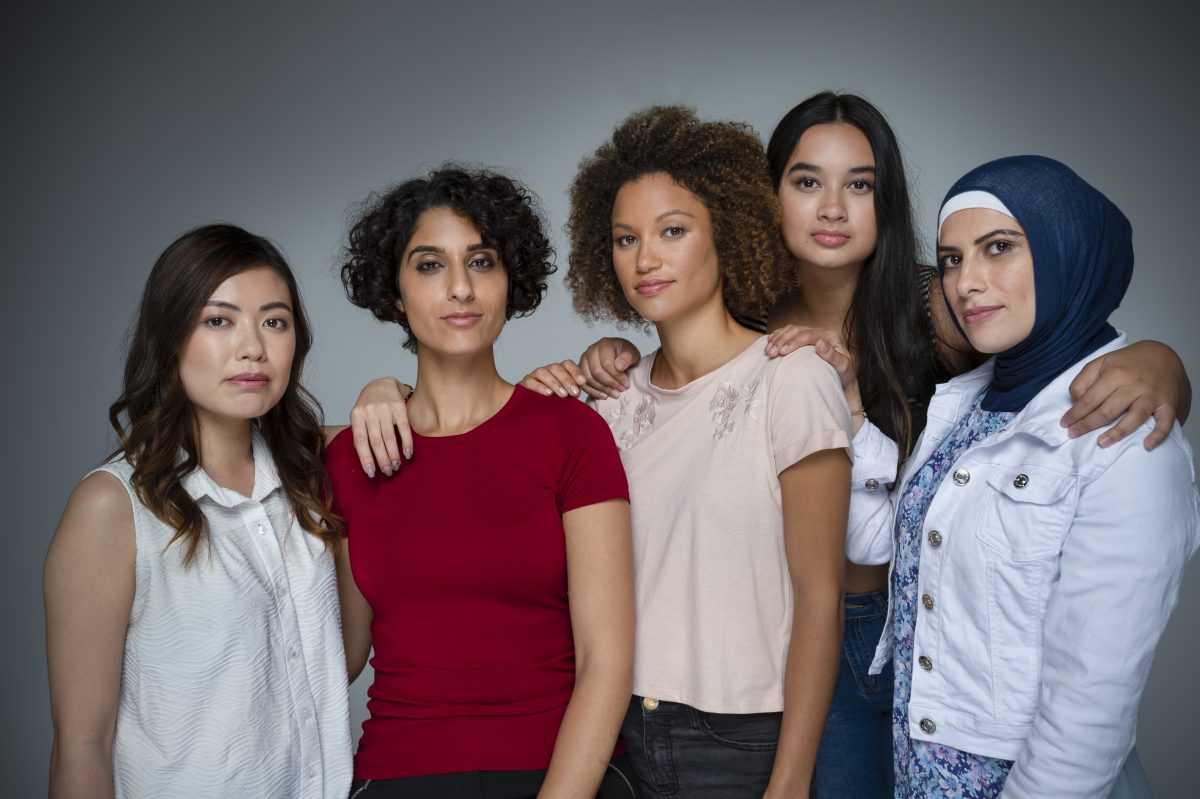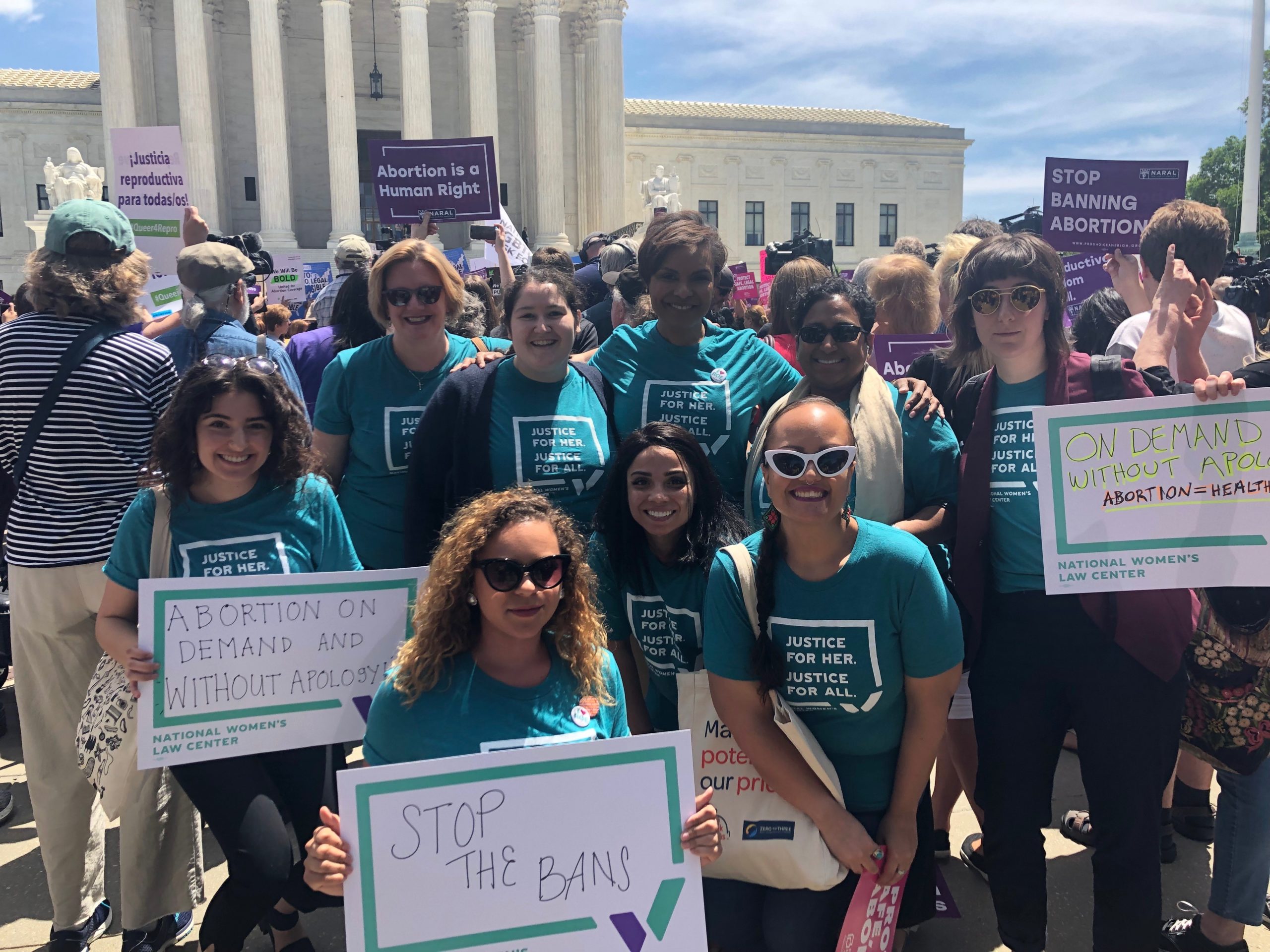Abortion rights, women of color, and LGBTQIA+ people are under attack. Pledge to join us in fighting for gender justice.
What 41 Years of a Discriminatory Abortion Ban Looks Like


For more than eight months the Trump Administration and Republicans in Congress have systematically targeted Black and Brown people and those struggling to make ends meet. But systematic oppression didn’t begin eight months ago. Policies meant to deny people control over decisions about their own bodies didn’t begin eight months ago. And policies that threaten the health and economic security of people of color have been in place for years. One need only look to the Hyde Amendment, 41 years old this week, for proof.
41 Years of Hyde
Since 1977 the Hyde Amendment has denied health coverage of abortion to individuals enrolled in Medicaid with only very narrow exceptions for rape or incest or if the woman’s life is in danger. The policy is founded on the idea that individuals struggling to make ends meet should and will have different health care options than the rest of the country. And for 41 years the same communities under attack by this Administration have born the burden of the Hyde Amendment’s discrimination.
The Hyde Amendment Puts Abortion Out of Reach
Medicaid is a critical source of health coverage for low-income individuals and their families. In fact, 46% of women ages 18-64 enrolled in Medicaid live below the poverty level—that means making $12,082 per year or less for a single person. The Hyde Amendment makes it impossible for many of these individuals to access abortion. In the first twelve weeks, an abortion can cost up to $1500 and the price increases with each subsequent week of pregnancy. For many, that cost barrier is insurmountable, and without coverage these individuals are unable to get an abortion. In fact, because of the Hyde Amendment one in four lower-income women seeking an abortion is forced to carry an unwanted pregnancy to term.
And Women of Color Bear the Burden
Currently, the majority of non-elderly women Medicaid enrollees are women of color; of women of reproductive age, one quarter of Black women are enrolled in Medicaid; one quarter of Latinas are enrolled in Medicaid; and one in seven Asian and Pacific Islander women are enrolled in Medicaid. In addition, due to racial, ethnic, gender, and economic inequalities Black and Latina women are more likely to experience unintended pregnancy. These are the women too often forced into an untenable situation by the Hyde Amendment. But that’s exactly the point. Since 1977, supporters of the Hyde Amendment have justified the discriminatory policy by insisting the government should not be forced to spend money to rectify women’s irresponsible behavior, often invoking racialized stereotypes of women of color.
March Against Hyde
On Saturday, hundreds came out for the March for Black Women. We marched to oppose the violence and discrimination this Administration has perpetrated against Black and Brown women. But we also marched for the women impacted by the Hyde Amendment in the last 41 years and for a future without




